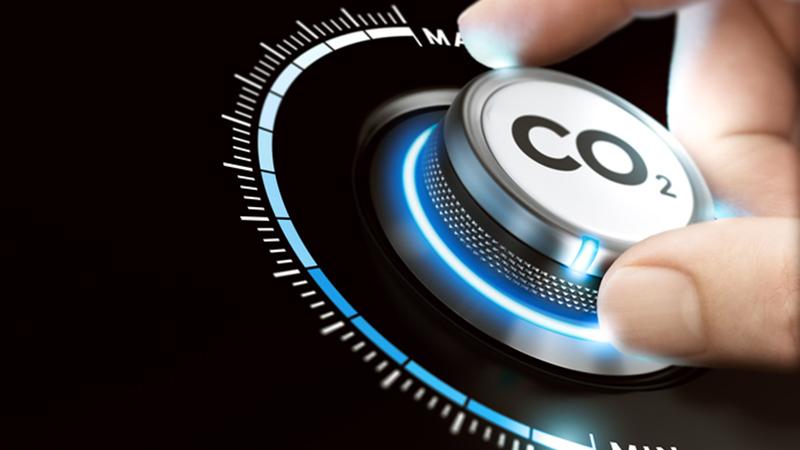Kobe Steel says new blast furnace tech cuts harmful emissions
Japanese firm claims technology reduces carbon dioxide output by 20%.

Kobe Steel, part of the KOBELCO Group, Japan, says it has verified technology that can reduce a “significant amount” of CO2 emissions from its blast furnace operations.
Month-long tests were carried out at its Kakogawa Works in Hyogo Prefecture (pictured), Japan, in October 2020 at a large blast furnace measuring 4,844 m3.
The group claims the results indicate that the technology can reduce CO2 emissions by approximately 20%. This is in comparison with Japanese fiscal policy targets 2013 – the base year of the CO2 reduction targets set by the Japanese Government and the KOBELCO Group itself.
The quantity of CO2 emissions from a blast furnace is determined by the reducing agent rate (RAR) or the quantity of carbon fuel used in blast furnace ironmaking. In the demonstration test, it was verified that RAR could be stably reduced from 518kg/tHM (tonne hot metal) to 415kg/tHM by charging a large amount of hot briquetted iron.
Furthermore, in the press release accompanying the announcement, the group claims that “the world's lowest level of coke rate (239 kg/tHM) has been achieved in the demonstration test of this technology”.
It continued, “…the company sees [the technology] as a promising solution that could become readily available in the near future at a lower additional cost compared to other CO2 reduction measures and [we] are considering licensing the technology worldwide”.







